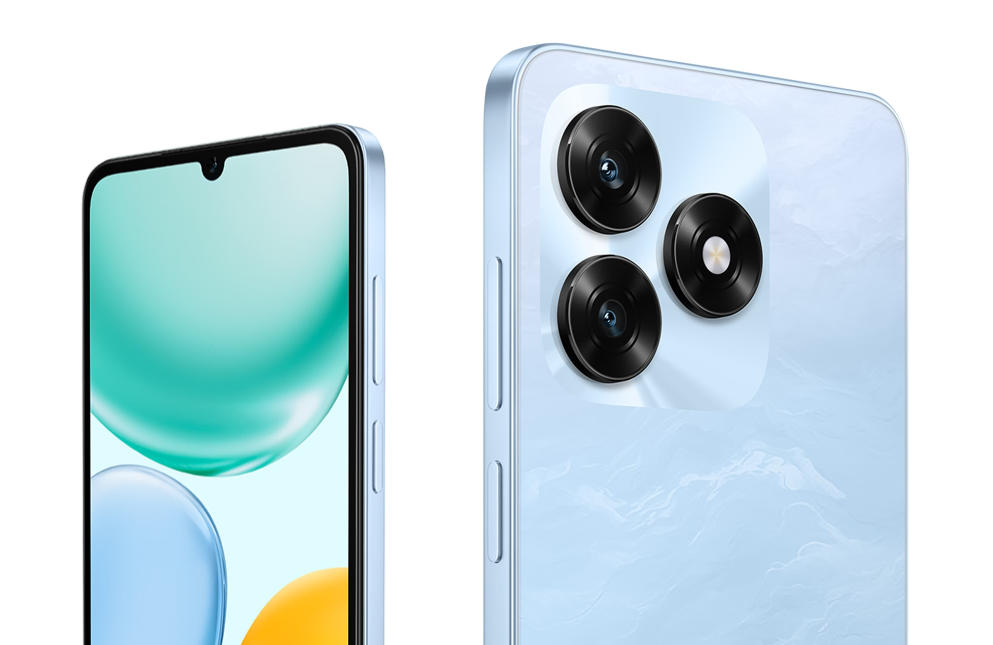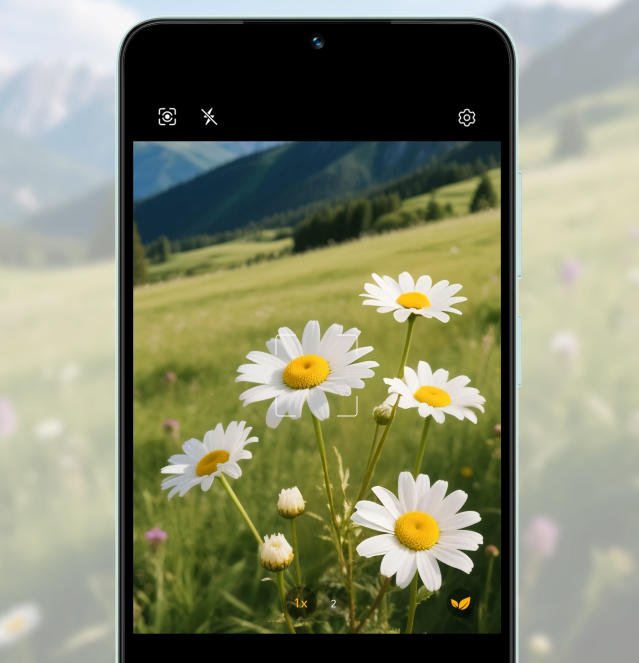Smartphone cameras have reshaped the way people capture everyday moments, shifting photography from a specialized skill to an accessible part of daily communication. Early limitations quickly gave way to rapid innovation, enabling devices to handle creative and professional needs alike. These advancements influence social media, journalism, and personal expression, revealing how deeply smartphone imaging now shapes visual storytelling worldwide.

The Evolution of Smartphone Camera Technology
Early Mobile Cameras and Their Limitations
Early mobile cameras offered extremely limited resolution, narrow dynamic range, and poor performance in dim lighting. Features such as autofocus, stabilization, or usable zoom were largely absent, restricting creative possibilities. Despite these shortcomings, they sparked interest in mobile imaging and encouraged manufacturers to explore improvements, ultimately laying the foundation for the transformative innovations that followed in later generations.
Rise of Multi-Lens Systems and Sensor Innovation
Advancements introduced multi-lens systems featuring telephoto, ultra-wide, and macro options, expanding creative flexibility for users. Larger sensors and refined processing improved clarity, depth, and color accuracy. These upgrades dramatically enhanced versatility, enabling smartphones to handle diverse shooting conditions. As image quality improved, mobile devices gained recognition as legitimate tools for both enthusiasts and professionals seeking reliable, portable photographic performance.
Advances in Computational Photography
Computational photography marked a turning point by pairing hardware with intelligent algorithms. Features like HDR, portrait effects, and advanced night modes combine multiple frames to create cleaner, sharper results. Machine learning further enhances color, exposure, and detail. These technologies allow smartphones to overcome physical hardware limitations, delivering images that often rival those captured with larger, more traditional camera systems.
Key Features That Shape Modern Smartphone Cameras
Sensor Size, Resolution, and Image Processing
Image quality largely depends on sensor size, resolution, and processing capabilities. Larger sensors capture more light, improving detail and clarity, while high-resolution designs offer flexibility for cropping. Modern processing techniques refine colors and reduce noise automatically. Combined, these advancements enable smartphones to deliver vibrant, precise images that users can confidently rely on in various shooting environments.
Optical and Digital Stabilization for Clearer Shots
Stabilization technologies counteract hand movement to deliver sharper images and smoother videos. Optical stabilization adjusts lens elements to reduce blur during capture, while digital stabilization analyzes frames to correct remaining motion. Together, they significantly enhance results in low light and active situations, empowering users to achieve steady, professional-looking content without requiring external tripods or additional stabilization accessories.
Low-Light Enhancements Through Software and Hardware
Low-light performance has improved through larger apertures, more sensitive sensors, and sophisticated algorithms. Techniques like pixel binning merge information for brighter, cleaner images, while night modes process multiple exposures to boost clarity. These combined enhancements allow smartphones to capture detailed, balanced photos in dim environments, giving users more confidence to photograph scenes once considered challenging.
How Smartphone Cameras Changed User Behavior and Content Creation
Mobile Photography Trends and Everyday Usage
Smartphones encourage spontaneous photography, enabling users to document daily moments effortlessly. This accessibility fuels trends like candid shots and creative self-portraits, reflecting how visual communication has become integral to everyday life. People experiment more freely, using mobile cameras to express personality and storytelling in ways that were once reserved for dedicated photography equipment.

Growth of Social Media and Visual Storytelling
Social media platforms have amplified the importance of mobile imagery, making photos and videos central to communication. Easy sharing enables users to connect globally, influence trends, and build personal narratives. The demand for engaging visual content encourages creativity, while smartphone cameras continue evolving to support this culture of instant storytelling and visually driven interaction across diverse communities.
Influence on Professional Creators and Mobile-First Workflows
Professionals increasingly rely on smartphones for fast content capture, on-the-go editing, and immediate publishing. This shift supports real-time reporting in journalism and flexible production in filmmaking. High-quality mobile output helps creators meet tight deadlines while maintaining visual standards. Smartphones have become essential tools for modern workflows, changing how creative work is produced and distributed.
Future Trends in Smartphone Camera Innovation
AI-Powered Imaging and Real-Time Scene Optimization
AI enhances smartphone photography by analyzing scenes instantly and adjusting settings for optimal results. Real-time optimization improves exposure, detail, and color accuracy across varied environments. As AI grows more advanced, users can expect increasingly intelligent imaging features that anticipate creative intentions, refine outcomes automatically, and streamline the entire shooting experience with minimal manual adjustments.
Potential of Advanced Optical Components and Folding Modules
Future smartphone designs may incorporate advanced optics and folding camera modules that expand creative flexibility. Improved lens components promise sharper images and better zoom performance, while foldable mechanisms enable new form factors and more compact devices. These innovations aim to blend portability and capability, pushing smartphone photography closer to professional standards while maintaining convenient everyday usability.
Integration of 3D Capture, AR Tools, and Computational Video
Emerging technologies like 3D capture, augmented reality, and computational video will broaden what smartphones can create. These tools allow richer depth sensing, immersive overlays, and enhanced video effects. Their integration supports applications in education, gaming, and content creation, enabling users to craft more dynamic, interactive visuals. Such advancements signal a future where mobile imaging becomes increasingly multidimensional.
Conclusion
Smartphone camera technology has advanced dramatically, reshaping how people capture, share, and interpret the world around them. Today’s devices merge powerful hardware with intelligent processing to deliver impressive creative potential. As innovation accelerates, features will become even more immersive and adaptable, much like how the HONOR X5c illustrates these evolving possibilities, supporting a new era of mobile visual expression.
